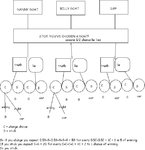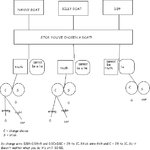Bigbusiness
Experienced member
- Messages
- 1,408
- Likes
- 23
I have a car but I don't have a goat, so I woudn't mind the goat. If I win the car, I could sell it and buy a goat. Either way, I win 
If you want the car, a goat will eat anything, so take off an item of clothing, slide it half way under the door and see if it is gobbled by a goat. The door that doesn't do this is more likely to have a car behind it
If you want the car, a goat will eat anything, so take off an item of clothing, slide it half way under the door and see if it is gobbled by a goat. The door that doesn't do this is more likely to have a car behind it
Last edited:


